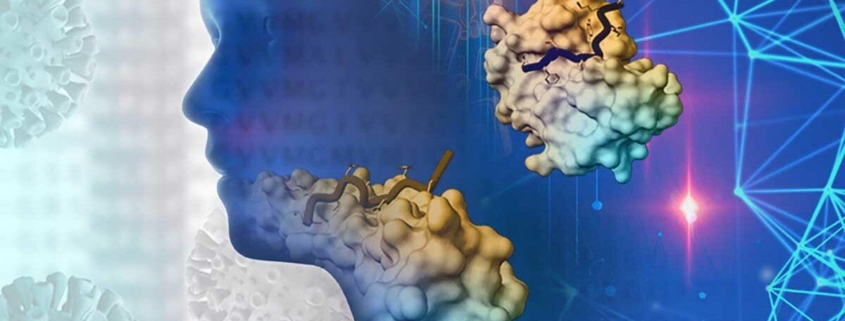
Myofascial Pain Syndrome
Overview
Myofascial Pain Syndrome (MPS) is a chronic condition characterized by pain and inflammation in the body’s soft tissues or fasciae. This discomfort is primarily in the muscle tissues and can involve either a single muscle or a muscle group. The pain usually originates from specific areas within your muscles, called “trigger points.”
Over 44 million Americans reportedly experience chronic pain due to MPS, a condition that affects both men and women, mostly in adults, but can occur at any age.
Types
While there are no established subtypes of MPS, the condition varies in severity. This differentiation depends on the number of trigger points and the level of pain experienced.
Causes
MPS can be caused by a variety of factors. Some main causes and risk factors are:
-
- Repeated contractions of a muscle due to habitual, stress-related actions or a physically demanding job.
-
- Direct injury to a muscle, such as a blow, strain, or surgical incision.
-
- Lack of muscle activity due to an immobilized limb or sedentary lifestyle.
-
- Skeletal irregularities, like an unequal leg length or a displaced hip.
-
- Systemic conditions, such as depression, stress, anxiety, or poor sleep patterns.
Symptoms
Patients with MPS encounter various symptoms that range from mild discomfort to debilitating pain:
-
- Persistent pain or aching in the muscle.
-
- Pain that increases with physical activity or stress.
-
- Muscle stiffness, weakness, or tightness.
-
- Difficulties sleeping due to pain.
-
- Presence of tender areas, known as trigger points, which react to pressure.
-
- Tension headaches or migraines.
Diagnosis
Diagnosing MPS involves a physical examination, medical history check, and ruling out other potential conditions. During the examination, the doctor applies gentle pressure to the painful area, looking for taut bands of muscles with trigger points.
Treatment Options
MPS treatment aims to relieve pain, improve muscle function, and manage possible contributing factors like stress. Treatment options include:
-
- Physical Therapy: Including stretching, strengthening, and improving posture, guided by a physical therapist.
-
- Medications: Pain relievers, antidepressants, and sedatives can help manage pain and improve sleep.
-
- Trigger Point Injection: A local anesthetic, saline, or a corticosteroid is injected into the trigger point to alleviate pain.
-
- Massage: A professional massage therapist can help alleviate pain by massaging the muscle and trigger points.
-
- Acupuncture: This therapy involves inserting thin needles into specific body points to release tension and improve energy flow.
Living With Myofascial Pain Syndrome
Managing MPS involves a holistic approach including lifestyle changes, medication management, and coping strategies:
-
- Lifestyle changes: Regular exercise, maintaining a healthy weight, getting sufficient sleep, and adopting healthy eating habits can help reduce symptoms.
-
- Medication management: Always take your medications as prescribed by your doctor.
-
- Coping strategies: Cognitive behavior therapy, relaxation techniques, and mindfulness can help you mentally cope with the chronic pain.
When to Seek Help
Seek immediate medical attention if you:
-
- Experience persistent or worsening muscle pain.
-
- Have difficulty sleeping due to pain.
-
- Are unable to perform daily activities due to pain or discomfort.
understanding MPS and your diagnosis is key in managing your symptoms and improving your quality of life. Remain proactive in communicating your symptoms and concerns with your healthcare provider, and adhere to your prescribed treatment plan. With the right self-care and professional medical assistance, you can effectively manage MPS.
